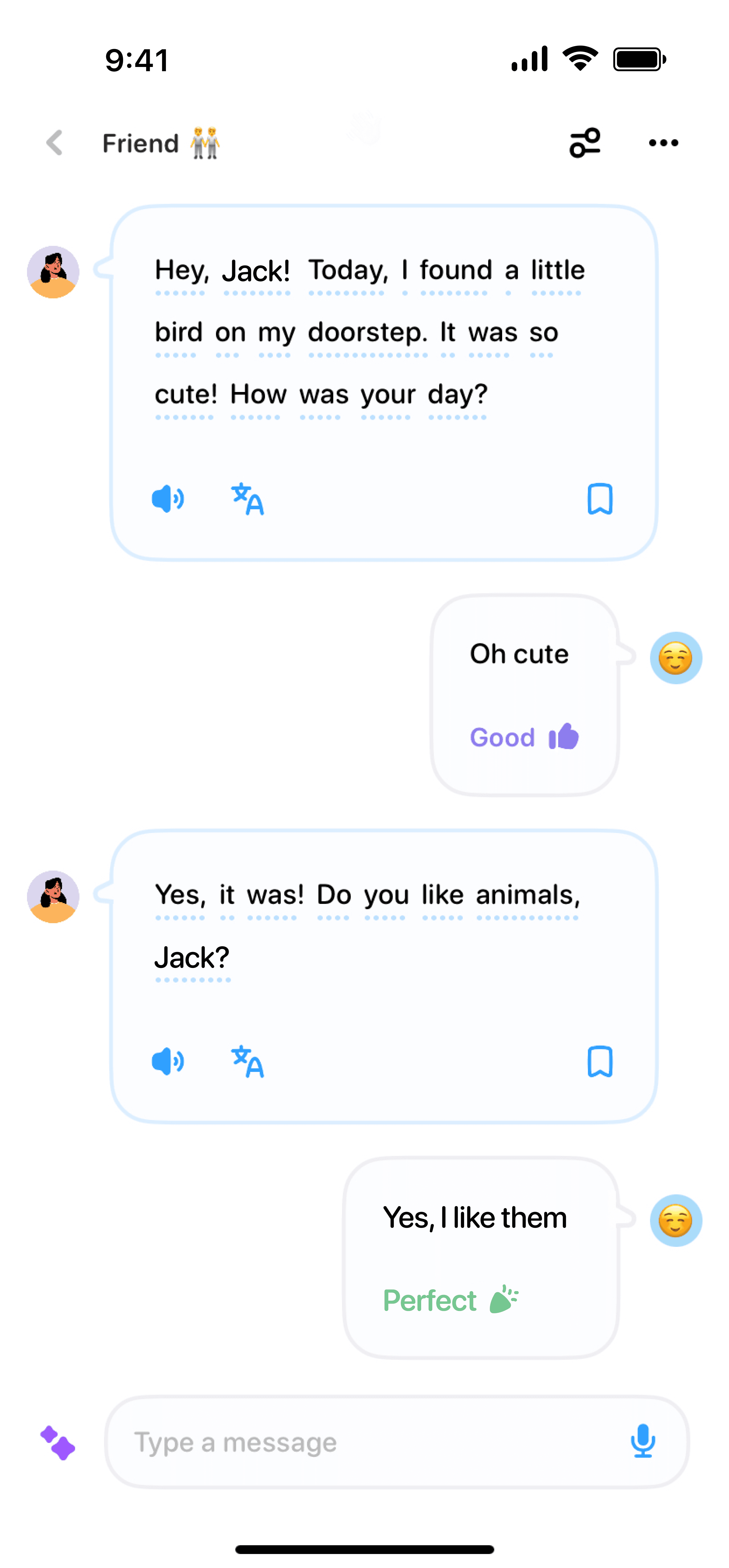03/30/2024
·
Emma Robbie
Learning a new language can be an exciting journey, but it often comes with a fair share of challenges. If you're an English speaker eyeing Hindi as your next linguistic conquest, you might be wondering: Is Hindi hard to learn for English speakers? Well, let's dive into the intricacies of Hindi to see what you're up against and how you can navigate the learning curve.
Grammar Differences: A New Way of Thinking
One of the first hurdles English speakers encounter while learning Hindi is the grammar. Hindi follows a Subject-Object-Verb (SOV) order, unlike English, which uses Subject-Verb-Object (SVO) order. For example, in English you’d say, "I eat apples," but in Hindi, it's "मैं सेब खाता हूँ (main seb khata hoon)," which directly translates to "I apples eat."
While this may seem confusing at first, many beginners find that with practice, it gradually becomes natural. Remember, the key is consistency in language practice.
Gendered Nouns
Another thing to get used to is gendered nouns. In Hindi, every noun is either masculine or feminine, and this affects the adjectives and verbs used with them. For example, “book” (किताब, kitaab) is feminine while “pen” (क़लम, kalam) is masculine. This takes some getting used to, especially since English doesn’t assign genders to nouns.
The Script: Hello, Devanagari!
The Hindi script, known as Devanagari, is another aspect where English speakers might stumble. Unlike the Latin alphabet, Devanagari characters are quite unique. However, the good news is that Devanagari is a phonetic script; words are pronounced exactly as they are written. No silent letters here!
Once you get over the initial challenge of learning a new script—a task that might take a month or so with regular practice—you'll find that reading and writing become easier.
Pronunciation Pitfalls
Hindi pronunciation can be tricky. There are sounds in Hindi that don’t exist in English, like the retroflex sounds (ड़/ढ़) and aspirated consonants. Listening to native speakers and practicing with audio resources can be immensely helpful. So don't shy away from speaking, even if it means messing up a few sounds initially.
Vocabulary: Similarities and Surprises
Many everyday Hindi words are borrowed from English due to the historical influence of the British in India. Words like “बस (bus),” “ट्रेन (train),” and “डॉक्टर (doctor)” are easy to remember! However, there are also completely new words and expressions that you'll need to learn.
Context is King
Contextual learning can aid in faster vocabulary acquisition. Use Hindi in daily life: label objects around your home in Hindi, follow Hindi media, or even try speaking with proficient friends. The more you immerse yourself, the quicker you'll pick up new words.
Tips to Make Learning Easier
Use Language Apps: Apps like Duolingo and Rosetta Stone offer introductory courses in Hindi. These can make learning fun and engaging.
Practice Daily: Consistency is crucial. Even 10-15 minutes of practice daily can bring noticeable improvements.
Join Language Groups: Find online communities or local language groups. Practicing with others can boost your confidence and fluency.
Watch Bollywood Movies: Immersive learning can also be entertaining! Bollywood movies come with the added bonus of subtitles, so you can simultaneously enjoy and learn.
Conclusion: Is Hindi Really That Hard?
So, is Hindi hard to learn for English speakers? Hindi certainly poses its unique challenges, just like any other foreign language. However, with regular practice, the right resources, and a dose of cultural immersion, you'll find yourself making steady progress.
Don’t get discouraged by the initial difficulties. Language learning is a marathon, not a sprint. Happy learning!



